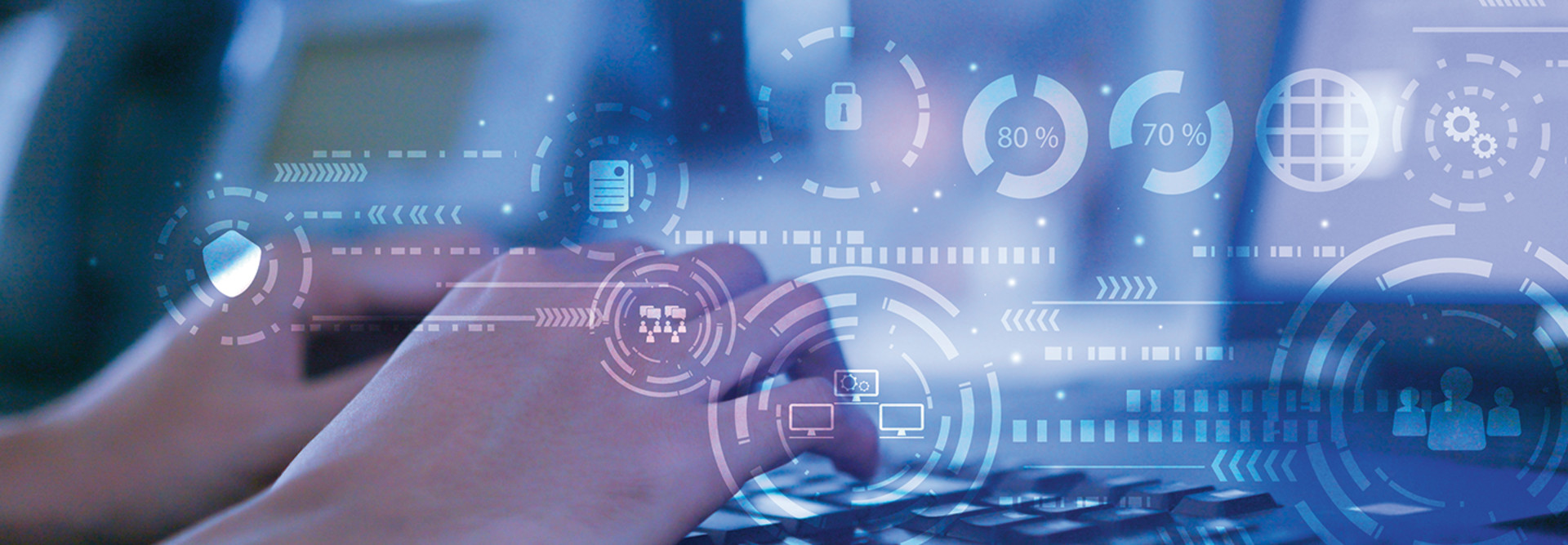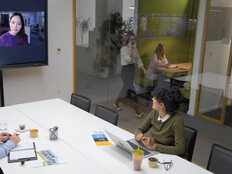How Does VDI Compare To Desktop as a Service?
Like desktop virtualization, Desktop as a Service grants workers remote access to a virtual iteration of a desktop that lives elsewhere. A notable difference is that with DaaS, virtual desktops are made available through the cloud by a third-party service provider — not a company’s self-managed servers — supported by virtualization technology from providers such as Citrix, VMware, Avaya and others.
How Does Desktop Virtualization Work?
The first requirement of VDI is to ensure that the infrastructure is in place to create the servers and data centers that will host virtual machines. The VMs then live on the servers with a business’s chosen operating system and apps. All of this is the responsibility of the organization deploying desktop virtualization, and should be overseen by a skilled IT department, which will manage hardware, software, security updates and patches.
Remote employees can connect to a virtual desktop using a tablet, smartphone, desktop or laptop that has access to the company’s network. Often, thin clients or zero clients — computers that have no onboard operating system or storage — are used because of their cost-effectiveness and suitability for remote work.
Virtual desktops come in two forms: A persistent virtual desktop is a singular instance that preserves an employee’s personalized applications, data and settings from login to login. A nonpersistent virtual desktop gives users a clean slate each time they log in for work.
How Does Desktop as a Service Work?
DaaS shares some commonalities with desktop virtualization. Employees still access the virtual iteration of a persistent or nonpersistent desktop using a device of their choice, but the virtual machines are not hosted on on-premises servers. Instead, they are managed offsite by a third-party cloud-service provider such as Microsoft Azure, Google Cloud or Amazon Web Services and accessed through an application or web browser.
After companies choose a provider, partner and subscription plan, the setup process is quick. “We can be up and running in a matter of minutes or hours compared with the days or weeks that it could take if you had to procure hardware so that you could install that software on-premises,” says Sachin Sharma, director of product marketing for VMware Horizon, the company’s virtual desktop and DaaS offering.
Spinning VMs up or down is quick and easy, and has proved especially helpful for companies with seasonal workers or contractors who require temporary access, or companies that experience fluctuations in their workforce. Once a company is up and running with DaaS, its third-party provider oversees all maintenance, security, storage and upgrades.
LEARN MORE: Discover how VMware is making virtualization easy for businesses.
What Are the Benefits of VDI and DaaS?
VDI and DaaS share some clear benefits.
They both offer workers a consistent user experience, from any location, that replicates the one they would have in a headquarters or branch office. “It can restore your work environment, and you can have that be consistent — regardless of location, device or connectivity,” says Lotz. As more companies or employees migrate to hybrid models, that consistency will prove helpful.
VDI and DaaS also both offer security benefits. The increased endpoints that result from further adoption of hybrid work also increases a company’s vulnerability to cyberattacks and phishing. But with a virtualized infrastructure, a server is the only entry point for an attack and is typically well protected. “Your data lives inside the firewall instead of being scattered in somebody's end-user access device,” says Sharma.
Another bonus for those adopting virtualized desktop experiences is a lighter load for IT staff. Whether it’s within the company or through a third-party provider, “managing everything within one place, instead of in a distributed fashion, really helps IT reduce the time they spend in deploying patches, updating machines and updating VMs,” says Sharma.












